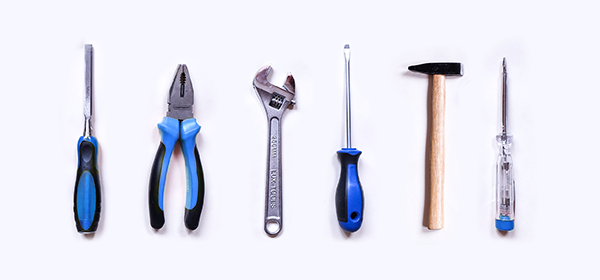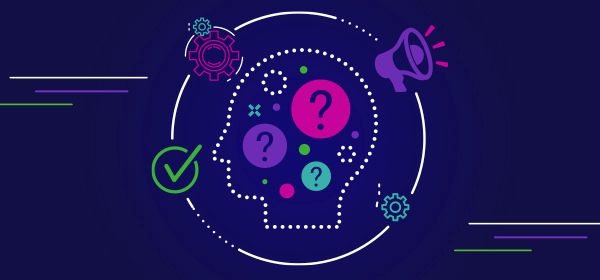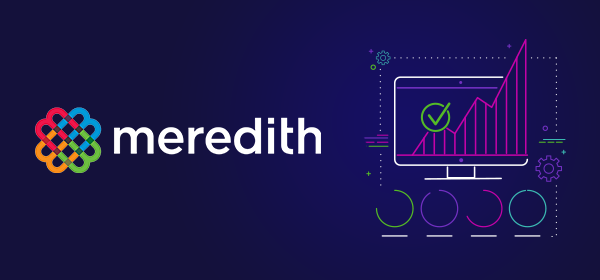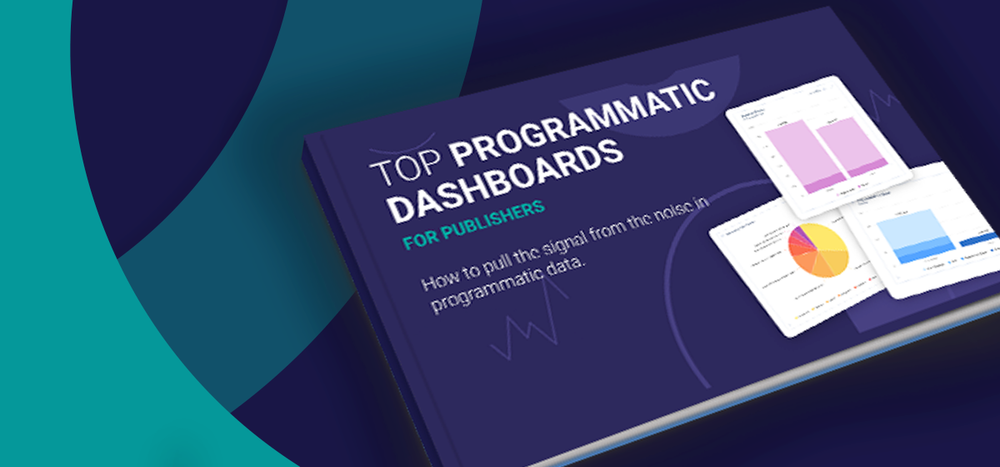You’re tasked with spending your advertising budget as effectively as possible while optimally distributing campaign messaging. That’s challenging. We’d like to help you work smarter, not harder. That’s why we’ve researched a list of powerful tools and resources to help you enhance the efficiency of your daily processes, increase the effectiveness of your media-buying decisions, improve your agency relationships, and optimize your operations.
1. Brand-Comparison Tool
A brand-comparison tool delivers side-by-side views of brands, allowing you to compare titles and analyze top-line metrics. This promotes a more efficient and timely media buy, helping you spend only big-impact bucks.
Look for a brand-comparison tool that provides comprehensive circulation data. The best circulation data will dig deeper than just total average circulation to also include paid/non-paid, request/non-request, years in circulation (indicates quality and strength of brand/channel), market served and occupation, as well as unique browsers.
2. Measurement Tools
Audience measurement reports: Measurement tools collect consumer beliefs, attitudes, and behaviors by conducting weekly, monthly, and annual surveys. Media buyers can then access the extensive databases created from surveys for comprehensive insights and research to fuel their next media campaign. Intimate knowledge of your audience is well worth the usual subscription required to gain access to audience reports. These reports will help you better understand your key targets, enabling you to improve efficiency and impact of ad spending.
Audited site traffic data: Some measurement tools report traffic data for individual websites as well as a conglomeration of sites. Getting to know the site-traffic patterns of the websites your biggest campaigns run on allows you to monitor performance. You’ll want to make sure you have a constant eye on the areas of your biggest spends to make sure things are running smooth. Similarly, site-traffic data can help explain why some campaigns start performing poorly. Consistent vigilance will allow you to remedy problems faster and mitigate risks.
3. Media-Usage Patterns and Audience Insights Tools
You can get cross-platform and cross-channel audience segmentation data through tools that illustrate media-usage patterns. You can use aggregated data to better understand your market segment’s relationship with media. For example, you can leverage big data to analyze social media viewership, customize your campaigns, and zero in on prospective customers with more personalized messaging. Since media-usage-pattern tools collect all the data for you, you’ll be able to speed your insight analysis across various data sources and make well-informed, critical business decisions faster.
You can discover valuable audience insights with tools that offer advertising analytics. To get the most from your digital advertising spend, your analytics should almost always be based on larger populations to ensure your media-buying decisions are based on a statistically significant sample size. comScore is a highly reputable source for a reliable and comprehensive blend of proprietary and consumer data. They link media and product usage to Internet viewing habits, enabling deep audience insights. Their advertising analytics span TV, movie, and digital to give you accurate consumer demographic and behavior data that will help you effectively measure the reach and impact of your campaigns.
Another method of harnessing media-usage patterns and audience insights is analyzing Nielsen expenditures. Nielsen measures over 50 percent of the entire world’s online, broadcast, and print advertising. By studying Nielsen spot-monitoring methodology expenditure estimations, you can assess ad quality based on their massive ad-creative database. Use Nielsen's tracking and analysis tools to measure ad spend, monitor ad placements, and more.
4. Google Trends/Think with Google
With Google dominating so much of the digital world, it’s easy to forget that its primary job is to ensure the best digital experience possible for all users. That’s why they offer such a wide variety of tools to support every type of media buyer, advertiser, marketer, and user.
- Google Trends is based on Google Search. It shows how often particular search terms are entered relative to total search volumes across the globe. Buying your media according to hot and popular trends allows you to achieve strong traction faster with your campaigns. Instead of trying to make something popular, invest your ad spending in topics that are already generating significant traffic and conversions.
- Think with Google offers valuable consumer insights, marketing resources (data and measurement, experience and design, omnichannel, programmatic advertising, reports, and tools), and advertising channels, (emerging technology, search, and video). You’ll get continuously updated high-level insights through a comprehensive blend of articles, infographics, and data visualizations that allow you to closely inspect emerging advertising and marketing trends across any industry. You’ll get more than enough resources to plan and execute your digital campaigns.
5. Events and Training Programs
Attending events, training programs, and seminars is an excellent way to hear in-depth explanations of methods, including use cases from real people. This allows you to see tools in action and better understand how you can actually apply them to your own operations. Plus, events provide perfect opportunities to dip into an always-fresh knowledge pool, keeping current with front-line industry news.
You should also consider certification courses relevant to your media buying. First, certifications give you the opportunity to gain actual experience with specific tools and methods. You’ll learn how to become an expert in the use of your core tools, which will help you expertly manipulate them according to your specific needs. Second, certifications serve to vet and qualify you, helping to attract new business. For example, even if a prospective customer has never met you before, you’ll boost their confidence in your potential performance if you have an established, well-recognized certification. In other words, they may not know you, but they’ll know your certification.
6. Self-Serve Continuing Education
The perfect complement to live events and training programs is online education, forming a strong combination of physical- and virtual-based learning. Since it’s simply not practical to attend live events every day or even weekly, online learning allows you to ingest new information every single day, in between live events. Subscribing to top industry resources is one of the simplest and most effective ways to ensure you stay up to date with important trends, updates, industry news, emerging technology, and new regulations. Consider subscriptions to the following:
- Digiday: Covers media transitions and trends via frequent, high-quality content. They also sponsor a wide variety of conferences and summits focused on brands, agencies, publishers, and platforms. Media buyers enjoy Digday’s objective, entertaining, and educating journalism.
- Adweek: Publishes content on creativity, client-agency relationships, global advertising, accounts in review, and new-campaign analysis. Having published for almost 40 years, this is a well-established resource you can count on for trustworthy and reliable resources, helping you lock on to super-hot industry trends.
- AdExchanger: Shares ideas, updates, experiences, projects, campaigns, and news between all its members. Sign up for their resources to get connected with marketers, agencies, publishers, data providers, advertising and marketing technology companies, analysts, the investment community, and the press.
Contact us if you’d like to share tools and resources that have helped your media planning and buying operations. Let us know if you’d like to be featured in a future post!






